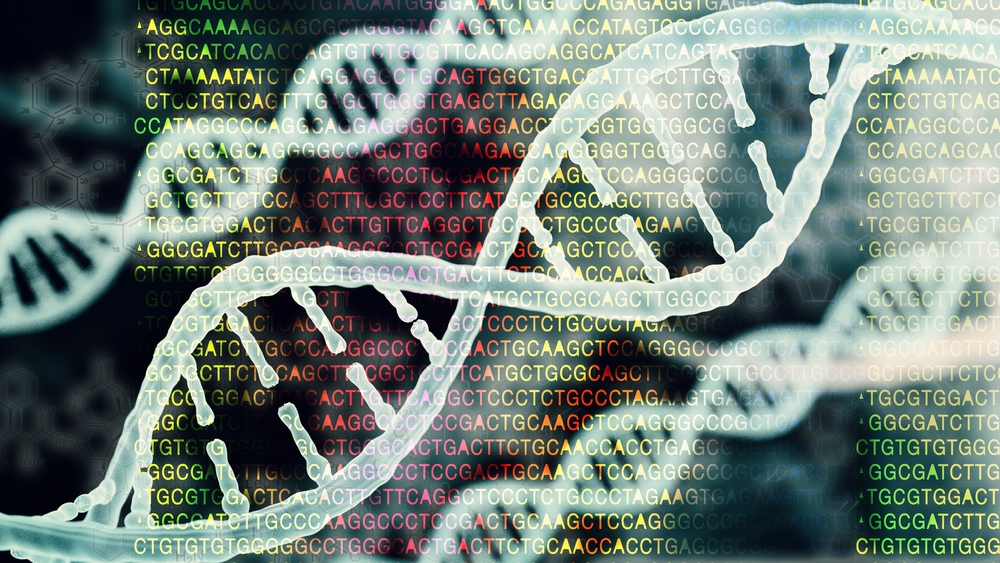Genetic Variation Explains Responses to Hunger-reducing Brain Stimulation

A noninvasive procedure that treats obesity by changing the electrical activity in certain regions of the brain only reduces appetite in people with a certain genetic variation, a study has found.
In those without the variation, the procedure — called transcranial direct current stimulation (tDCS) — actually causes a temporary rise in hunger and food consumption, suggesting that genetics should be taken into account when delivering the approach.
The study, “Appetite effects of prefrontal stimulation depend on COMT Val158Met polymorphism: A randomized clinical trial,” the study was published in the journal Appetite.
tDCS involves running an electric current through electrodes placed on the scalp. This alters electric signaling in the brain. In the case of obesity, the aim is to change activity in the left dorsolateral prefrontal cortex, with the ultimate goal of reducing hunger. Previous studies have suggested that this hunger-suppressing effect does work, but only in some patients, and the reasons for this variability aren’t fully understood.
The new study suggests that it might come down to differences in the neurotransmitter dopamine.
“Dopamine plays a crucial role in the regulation of food reward, feeding, and body weight,” Priscila Giacomo Fassini, PhD, a researcher at Harvard Medical School and co-author of the new study, said in a press release. “It’s well-established in the literature that palatable foods activate the brain’s reward system, contributing to dopamine release.”
Specifically, the study points to variants in a gene called Catechol-O-methyl transferase (COMT). The protein encoded by this gene plays a critical role in regulating dopamine levels in the brain, and a variant of this gene is known to alter the stability of the protein and, by extension, the level of dopamine in the brain.
The variation is referred to as Val158Met, meaning the mutation results in the amino acid methionine instead of valine at the 158th position in the chain of amino acids that makes up the protein.
“The patient’s genetic profile, especially variations in the gene COMT, appears to be a key factor in determining the outcome [of tDCS],” Fassini said. “The availability of extracellular dopamine in the prefrontal cortex is higher in people with this variant of the COMT gene.”
The study included 38 participants, all female, 20–39 years old, and obese — defined as a body mass index (BMI) between 30 and 35 kg/m2. Twenty-four of the participants were carriers of the Val158Met variation: eight had two copies of the variant, and the rest had one.
The participants were divided into two groups to receive either tDCS or a placebo treatment, with equal numbers of Val158Met carriers in each treatment group.
Treatment was done in four phases. First, one tDCS (or placebo) session took place, followed by a test of working memory (also affected by the left dorsolateral prefrontal cortex). In the second phase, participants got tDCS five days a week for two weeks, but otherwise maintained their normal routines. In the third phase, participants were admitted to a hospital for two weeks, during which they got six more tDCS sessions and were kept on a low-calorie diet. The final phase was a six-month-long follow-up, during which time weight and appetite (measured via a visual analog scale) were monitored.
Over time, there were no significant changes in appetite in the placebo group, as expected. There were significant decreases in appetite among those who received active tDCS — but only among carriers of the Val158Met variation.
“These individuals responded better to treatment because of higher dopamine availability, displaying lower levels of hunger, less desire to eat, and less prospective food consumption over time,” Fassini said. The link to dopamine is assumed from the known biology of COMT; dopamine levels were not directly measured in the study.
Oddly, among participants who received active tDCS and were not Val158Met carriers, there was a significant increase in appetite. “This paradoxical effect was consistently seen in repeated assessments. It was only present immediately before tDCS, i.e., 23 [hours] after the administration of the previous tDCS session, not acutely after stimulation,” Fassini said. “The potential mechanisms underlying this effect are unclear.”
Changes in appetite over time also correlated with the results of the working memory test administered at the beginning of the trial. “Speed improvements during the memory tests predicted increased appetite in [Val158Met] carriers and reduced appetite in [Val158Met] non-carriers,” Fassini said.
Effects on body weight itself are still being analyzed, with plans to publish that data after longer follow-up is achieved.
These first results help us understand why only some people respond to treatment with tDCS,” Fassini said. “We saw that differences in genotype affect the availability of dopamine and greatly influence the effect of neurostimulation. There may be other factors, and this possibility will be investigated in future studies.”




